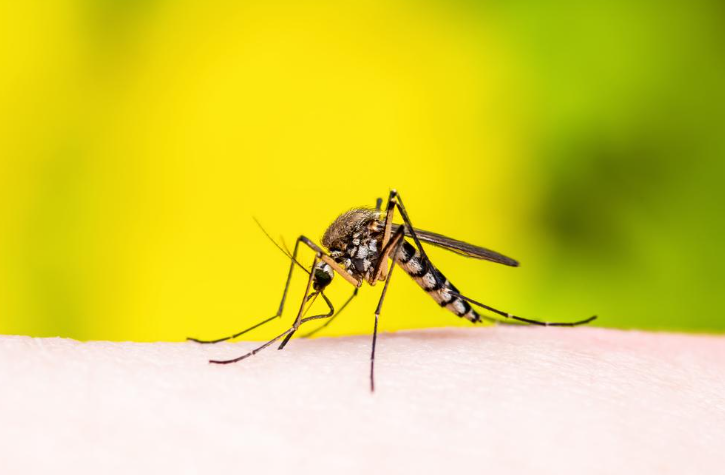Indian Ocean Temps Linked to Global Dengue Intensity (GS Paper 3, Environment)

Introduction
- Recent research published in the journal Science has identified a significant relationship between sea-surface temperatures in the Indian Ocean and the intensity of dengue outbreaks worldwide.
- This discovery introduces the Indian Ocean Basin-Wide (IOBW) index as a potential predictor for dengue epidemics, offering countries valuable lead time for preparation and response.
What is the IOBW Index?
- The Indian Ocean Basin-Wide (IOBW) index is a climatological measure used to monitor and predict climate variability in the Indian Ocean region.
- It assesses deviations from normal sea surface temperatures across the entire Indian Ocean basin.
- The index is crucial for understanding phenomena such as the Indian Ocean Dipole and its impacts on regional climates and monsoon systems.
- It aids in forecasting weather patterns, which is vital for agricultural planning, water resource management, and disaster preparedness in surrounding countries, thus influencing economies and ecosystems.
Correlation with Dengue Outbreaks
- Researchers have found a close correlation between the IOBW index and the occurrence of dengue outbreaks in both the Northern and Southern hemispheres.
- Higher index values (positive indices) are associated with increased local temperatures globally, potentially leading to heightened dengue transmission.
Impact on Dengue Outbreaks
- Dengue, primarily transmitted by Aedes mosquitoes, has expanded from affecting nine countries before 1970 to nearly half of the global population today.
- The link between the IOBW index and dengue suggests that positive index values are associated with a significant increase in dengue cases, and vice versa.
- This correlation holds true for both hemispheres, with a stronger association noted in the Southern Hemisphere.
Seasonal Variations and Geographic Disparities
- Dengue epidemics peak between July and October in the Northern Hemisphere and from February to April in the Southern Hemisphere, corresponding to local summer periods.
- Countries like Brazil in the Southern Hemisphere are particularly affected, demonstrating the index’s pronounced impact in tropical regions.
Challenges and Future Directions
- While the initial findings are promising, the study acknowledges limitations such as the unavailability of comprehensive dengue incidence data from some countries and the exclusion of other influencing factors like vector control efforts and socio-economic conditions.
- Future research is recommended to include these variables to refine the early warning system for dengue more comprehensively.
- In conclusion, the potential of the IOBW index to forecast dengue outbreaks could revolutionize how global health authorities anticipate and combat this disease, thus mitigating its impact on public health.
Additional Notes on Dengue
- Dengue is a mosquito-borne viral infection prevalent in tropical and subtropical climates worldwide, mostly in urban and semi-urban areas.
- It is caused by the dengue virus (DENV) transmitted through the bites of infected Aedes mosquitoes, primarily Aedes aegypti.
- Symptoms include high fever, headache, vomiting, muscle and joint pains, and a characteristic skin rash.
- Severe forms can develop into dengue hemorrhagic fever, leading to bleeding, blood plasma leakage, and potentially fatal shock (dengue shock syndrome).
- Preventative measures focus on mosquito control and avoiding mosquito bites.
- Currently, there is one dengue vaccine, Dengvaxia, approved in several countries, but its use is limited to seropositive individuals due to concerns about effectiveness and safety in those who have never been infected.
Additional Notes on Aedes Species Mosquitoes
- Aedes mosquitoes are a genus primarily known for transmitting various major diseases, including Zika, dengue fever, chikungunya, and yellow fever.
- They are easily identifiable by white markings on their legs and a marking resembling a lyre on the upper surface of their thorax.
- Aedes species are particularly common in tropical and subtropical zones but have spread to other areas due to global trade and travel.
- Unlike other mosquitoes, Aedes typically bite during the day, particularly around dawn and dusk.
- Their capacity to breed in small amounts of water makes them difficult to control.


